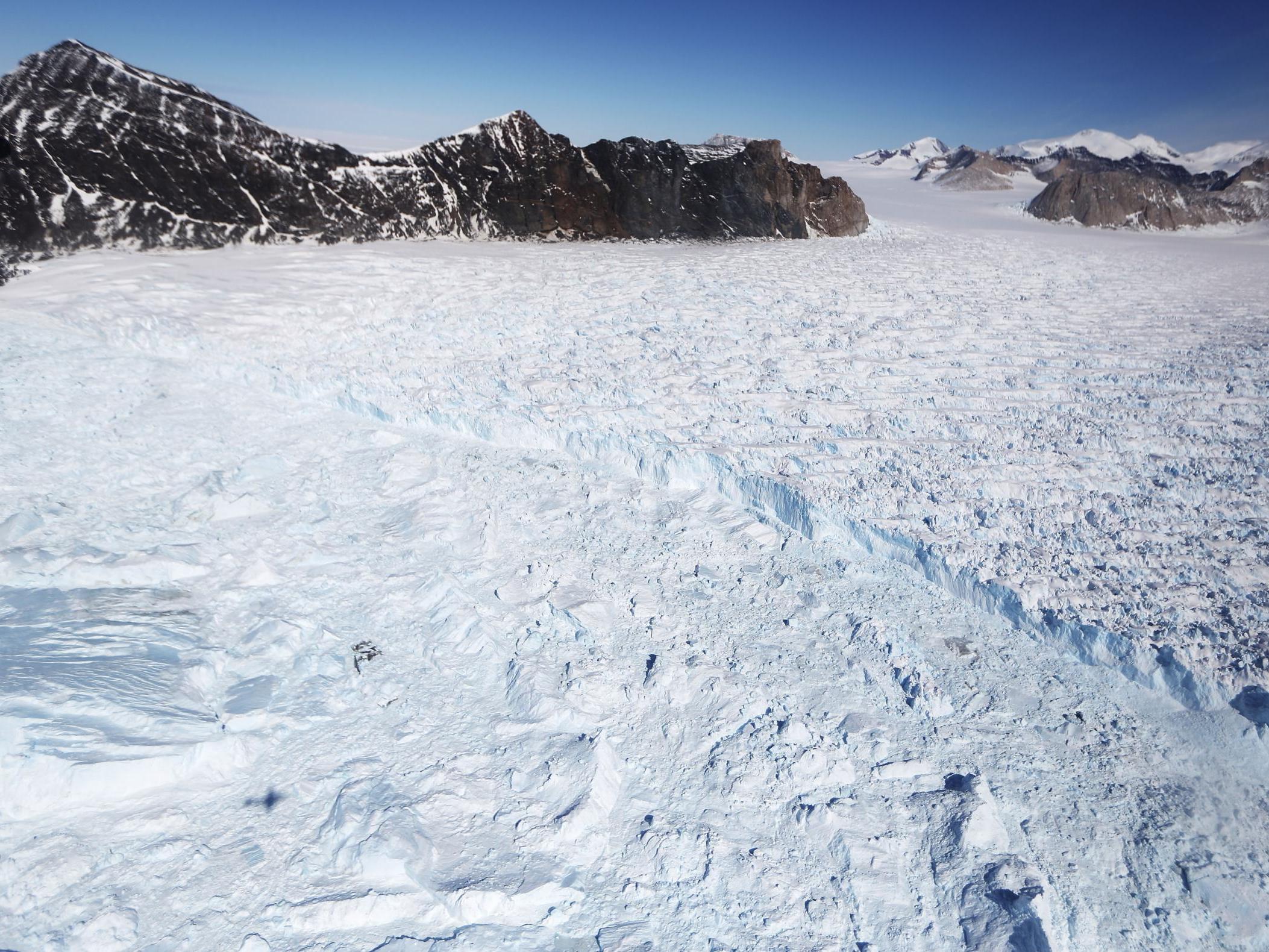Antarctica's annual ice loss six times greater than 40 years ago, Nasa research shows
Warming since 1979 'tip of the iceberg' as accelerating pace of melting predicted to add metres to global sea levels

Your support helps us to tell the story
From reproductive rights to climate change to Big Tech, The Independent is on the ground when the story is developing. Whether it's investigating the financials of Elon Musk's pro-Trump PAC or producing our latest documentary, 'The A Word', which shines a light on the American women fighting for reproductive rights, we know how important it is to parse out the facts from the messaging.
At such a critical moment in US history, we need reporters on the ground. Your donation allows us to keep sending journalists to speak to both sides of the story.
The Independent is trusted by Americans across the entire political spectrum. And unlike many other quality news outlets, we choose not to lock Americans out of our reporting and analysis with paywalls. We believe quality journalism should be available to everyone, paid for by those who can afford it.
Your support makes all the difference.The Antarctic ice sheet is losing six times as much ice each year as it was in the 1980s and the pace is accelerating, one of the most comprehensive studies of climate change effects on the continent has shown.
More than half an inch has been added to global sea levels since 1979, but if current trends continue it will be responsible for metres more in future, the Nasa-funded study found.
The international effort used aerial photos, satellite data and climate models dating back to the 1970s across18 Antarctic regions to get the most complete picture to date on the impacts of the changing climate.
It found that between 1979 and 1990 Antarctica lost an average of 40 gigatonnes (40 billion tonnes) of its mass each year.
Between 2009 and 2017 it lost an average 252 gigatonnes a year. This has added 3.6mm per decade to sea levels, or around 14mm since 1979, the study shows.
“That’s just the tip of the iceberg, so to speak,” Professor Eric Rignot from University of California, Irvine and lead author of the study published in Nature Geoscience. “As the Antarctic ice sheet continues to melt away, we expect multi-metre sea level rise from Antarctica in the coming centuries.”
The new analysis provides a breakdown of how ice losses in different sectors of Antarctica have changed and helps address confusion that has led to some climate change sceptics claiming the Antarctic ice mass is growing.
While western Antarctica has had some of the most visible ice loss, particularly to the extent of its sea ice, some studies have suggested that ice coverage is increasing in eastern Antarctica fast enough to cancel this out.
The latest study shows that east Antarctica ice loss has been a significant contributor to sea level rises, and called for more research on the factors that affect this.
“The Wilkes Land sector of east Antarctica has, overall, always been an important participant in the mass loss, even as far back as the 1980s, as our research has shown,” Professor Rignot said. “This region is probably more sensitive to climate than has traditionally been assumed, and that’s important to know, because it holds even more ice than west Antarctica and the Antarctic peninsula together.”
The researchers found no significant change in snow fall across the continent, but sea level warming has been driving the accelerating ice loss by speeding up the rate that glaciers around the continents edges are melting.
“As climate warming and ozone depletion send more ocean heat toward those sectors, they will continue to contribute to sea level rise from Antarctica in decades to come,” said Professor Rignot.
Join our commenting forum
Join thought-provoking conversations, follow other Independent readers and see their replies
Comments